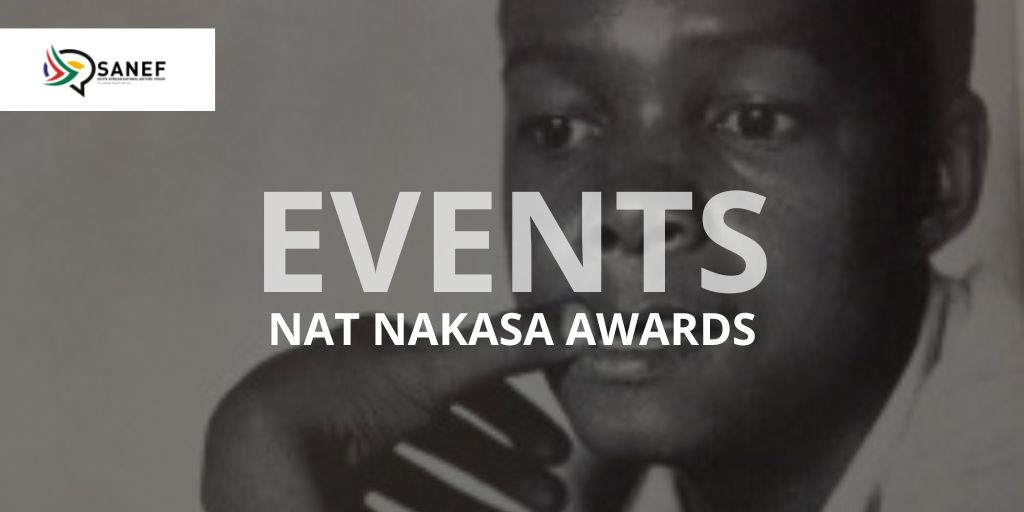NAT NAKASA AWARDS
Honouring the Legacy of Nat Nakasa: A Tribute to Courage and Integrity
For decades, the South African National Editors’ Forum (SANEF) has celebrated and commemorated the life of Nat Nakasa, a beacon of journalistic courage and integrity. Nakasa, a South African journalist, died in exile at the tender age of 28, leaving behind a legacy marked by a brief yet dynamic career. His fearless pursuit of truth and justice remains an enduring inspiration.
In homage to this remarkable figure, SANEF members came together, their hearts united by a shared vision: to immortalise Nat Nakasa through an award that embodies his spirit. Thus, the Nat Nakasa Journalism Awards were born, honouring bravery, courage, and integrity in journalism.
Nakasa was part of a generation of outspoken Black South African journalists in the 1950s and 1960s, who challenged state-sponsored segregation with the powerful tool of written word, meticulously documenting its brutal existence. Thirty-three years after his untimely death, the award was launched in 1998, forever enshrining his name in the annals of journalistic history.
In 1964, Nakasa left South Africa to embrace a Nieman Fellowship at Harvard University, relinquishing his South African citizenship in the process. New York became his home the following year, but the city’s towering skyscrapers and bustling streets could not dispel the shadows of homesickness and isolation. On July 14, 1965, Nakasa’s life came to a tragic end, a soul worn down by the weight of exile. As Ryan Brown poignantly reflects in “A Native of Nowhere: The Life of Nat Nakasa,” for Nakasa, freedom was not a distant goal but a daily act of defiance and self-assertion—captured in every conversation, interview, and multiracial gathering.
The annual Nat Nakasa Award for courageous and brave journalism stands as a testament to his enduring legacy. This prestigious accolade recognises journalists who exemplify ethical conduct and the highest standards of media practice. It honours those who, like Nakasa, have:
- Shown integrity and reported fearlessly.
- Displayed an unwavering commitment to serve the people of South Africa.
- Resisted censorship in all its forms.
- Demonstrated courage in making critical information accessible to the public.
The recipient of this esteemed award is chosen by a panel of distinguished judges based on nominations from the public, editors, and even self-nominations. Currently, the judging panel includes notable figures such as Peter Sullivan, Joe Thloloe, Crystal Orderson, and Moipone Malefane.
In celebrating the Nat Nakasa Journalism Awards, we remember and honor a man who lived and breathed the essence of freedom, who wielded his pen with unwavering bravery, and whose legacy continues to inspire generations of journalists to uphold the truth, no matter the cost.
Recent Updates on Nat Nakasa Awards


